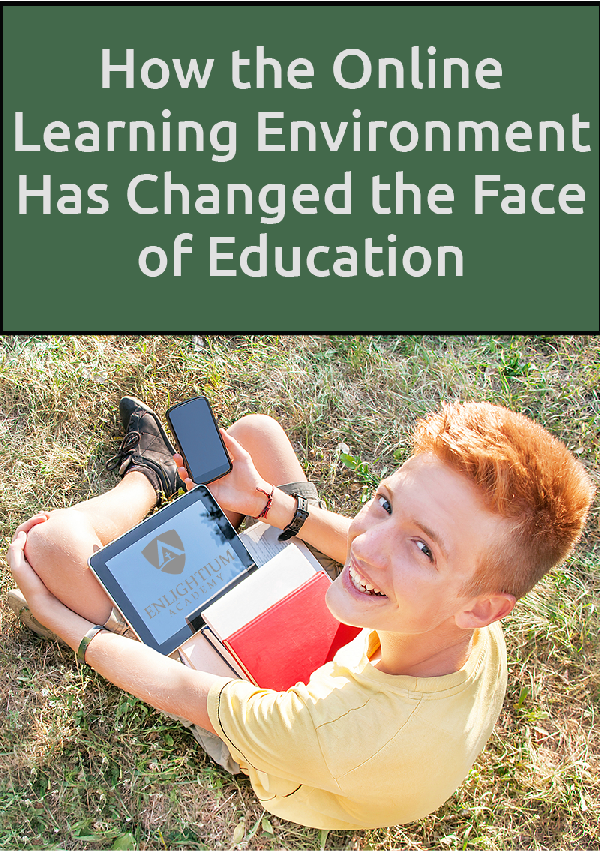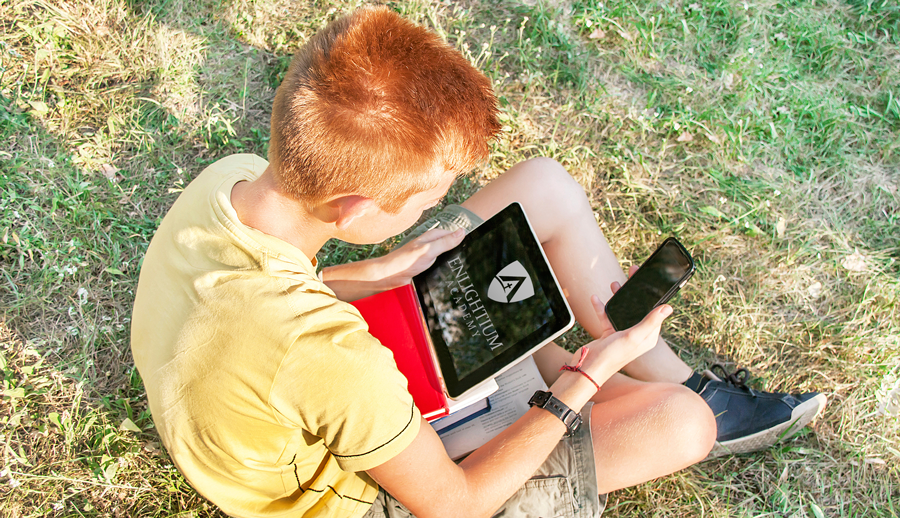Students taking technical courses online face different challenges in an online learning environment. Parents, teachers and students are familiar with the traditional, ‘brick and mortar’ approaches to education. It’s what we were raised with. In that environment, students are gathered into an assigned space at a specific time where a teacher provides the instruction. The teacher leads in the presentation of the content and then moves to a lab-based activity. This is a linear focused approach that has instructional milestones and sets evaluations (i.e. quizzes or exams) to confirm student understanding and mastery of a set of objectives over a fixed period of time.
What model and approach works for the students today?
In an age where the cumulative knowledge of humanity can be accessed by a device in a student’s pocket how appropriate is this antiquated notion that the ‘teacher knows everything’ and is the center of the classroom experience?
Over 30 years ago, while taking my teacher education courses, we were trained to think of ourselves as the ‘provider of content’ and to be effective classroom managers. The idea was for us to become the wise ‘sage on the stage’. However, over time I’ve found myself evolving my approach by ‘following the kid’ as one of my advisors told me years ago. Students have certainly changed since then!

What are our students like today? Based on my observations, they are for the most part asymmetrical learners. Many students are tech-savvy and will utilize a variety of content and media sources that quickly lead to the acquisition of a new skill or concept – without the direct involvement of a teacher!
My students:
- Utilize a variety of media technologies that reach students with differing learning styles
- Are learner centric: They choose when and how to receive instruction
- Look for the up-to-date and relevant: Subject Matter Experts (SMEs) in the field may have a deeper understand of a given subject than a classroom instructor
I observe that online education positively aligns to the ways that students learn today.
At Enlightium Academy, our students have a set curriculum that acts as a ‘roadmap’ for the course content, theories, assignments and project tasks required to master a set objective(s). Teachers facilitate understanding of this content through one-on-one interactions. I also have a set of alternative content/media that with help the student build understanding.This individualized approach builds teacher-student rapport, confidence and ownership of the educational process. Consider this dialog from a programming student:
“Three triple checks of code, several ideas tossed between my teacher and myself, and what I guesstimated to be about ten more rebuilds later; I was pretty much ready to throw in the towel on this project and by extension the course I had been anticipating all summer long. Then what would turn out to be the final piece of help from my teacher was delivered to me yesterday morning. This aid was a pair of YouTube videos that were to go step by step through the whole process. Later on, I set down to watch these videos and I found the solution right in the first three minutes.”
Developing mastery of an educational objective is more compelling when the student actively engages in the content and is involved. This asymmetrical approach mirrors how learners tackle problems today in a more realistic manner. I think of this as “on-demand learning”.
Here is how I see the shift in education at this point.
The online learning enviornment offers many rewards and challenges to students today. By engaging the material directly and seeking advice and clarification from their teachers, online students can and do achieve remarkable levels of mastery, comprehension and understanding. By fostering independence and intrinsic motivation, online students learn self-reliance, problem-solving and communication skills.
These are lifelong skills that build a successful life! See how Enlightium Christian Academy can help your child acheive these skills.
